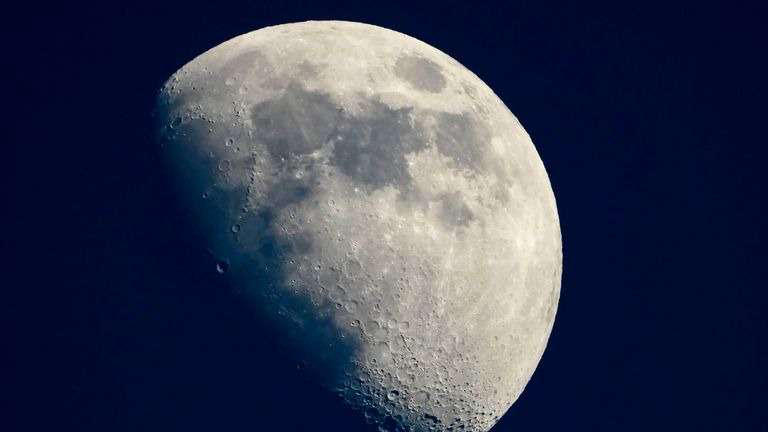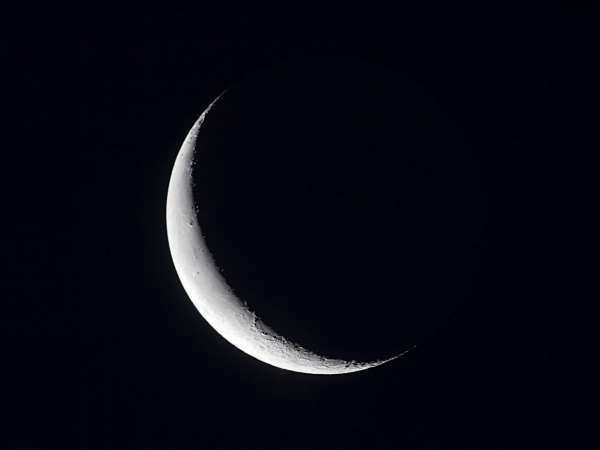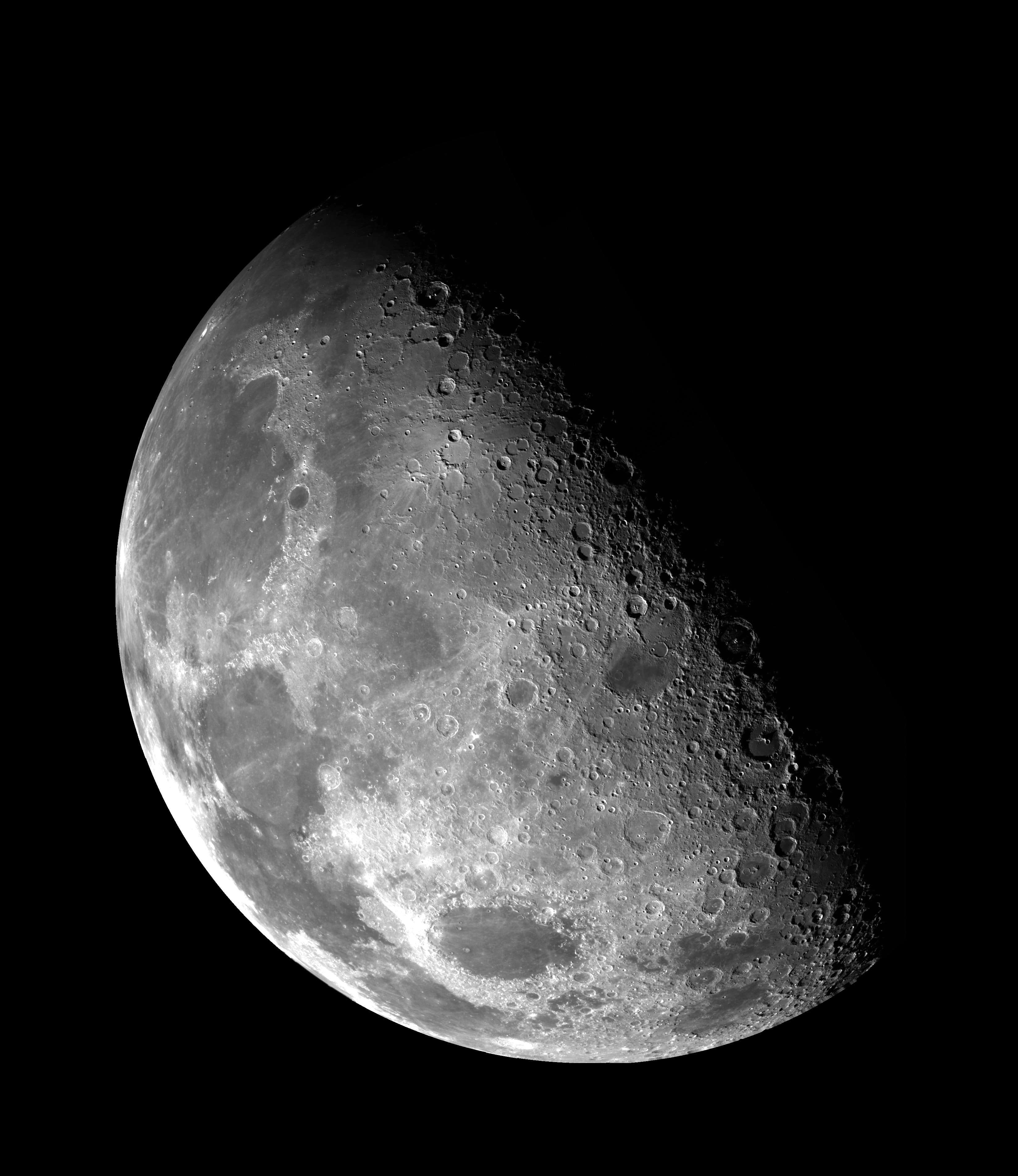
The moon is the centre of attraction for its beauty and glare; however, it is more crucial for water substances. But now, the new observations on ‘moon's rusting’ are surprising for the entire world. Scientists have uncovered that the moon is rusting, and the Earth is somewhat credible for it. The primary data was given by the Indian Space Research Organisation's Chandrayaan-1 orbiter, India's crucial first mission to the moon. Dr Jitendra Singh, the Union Minister of India, said that ISRO's mission to moon has transmitted portraits of the rusting moon along its poles. They are moreover planning to launch Chandrayaan 3, next year.
NASA and other space research institutions are now exploring more on this topic. Mr Shuai Li from the University of Hawaii researched about the moon's poles and hematite, an aspect of iron oxide, generally known as rust. Still, in the process of iron to become rust, oxygen must be existing in the surroundings, and oxygen is something the moon is lacking. The actual existence of rust on the moon can be only described in three sorts.
The moon doesn't have a proper atmosphere, but it does have some amount of oxygen existing in its environment, and it is possible because of Earth's magnetic field. Oxygen can gradually travel from Earth to the moon by swinging 3,85,000 kilometres, on the magnetic field of Earth, and it ultimately clarifies the amount of hematite or rust on the moon. Moreover, there are possibilities that oxygen was transferred to the moon when it was near to the Earth, as the moon and Earth have expanded their range for billions of years.

The next reason is the sufficient amount of hydrogen on the moon. Hydrogen trip across the galaxy from solar winds of the Sun, and it reaches the moon, and the Earth as well. Hydrogen works as a reducer, which enhances electrons to the substances it comes across in touch. The magnetic field of Earth safeguards it from all of this, but the moon has no defence like this. But the Earth's magnetic field and the travelling oxygen blocks the solar winds, only when the moon is full. Thus, there are chances that the rust can form during the lunar cycle of the moon.

The last sort is the water ice, functional on the moon. Numerous dust particles that regularly strike the moon could release all these water molecules, mixing with the iron and then expanding the oxidisation probability. This would clearly illustrate why hematite was observed distant from the moon's craters. However, more studies are yet to be done.
This type of research will moreover describe why hematite or rust was found on other airless space bodies like asteroids. And now the future outcomes about the moon will be more unpredictable for all of us.
___________________________________________________________________
Reference:
(aninews.in/ www.jpl.nasa.gov/ advances.sciencemag.org)
